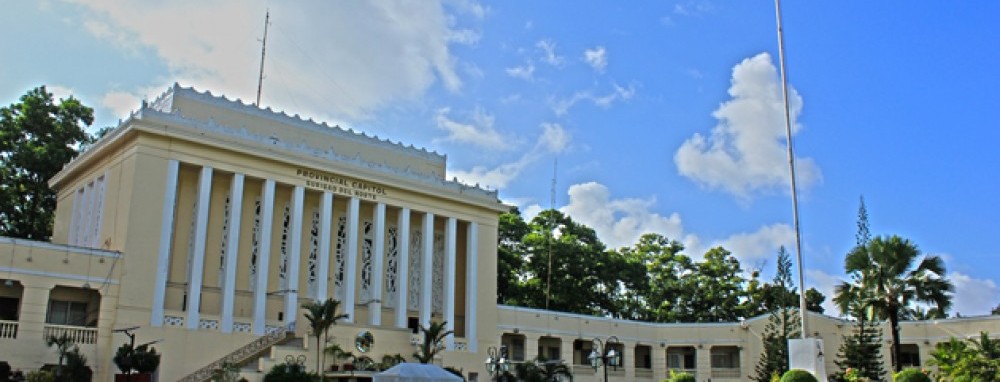| History of Surigao del Norte |
 Surigao del Norte was once a part of an old territory that existed in Northeastern Mindanao called “Caraga” named after the people called “Calagans” who were believed to be of Visayan origin. They were the inhabitants of the province that time. Surigao del Norte was once a part of an old territory that existed in Northeastern Mindanao called “Caraga” named after the people called “Calagans” who were believed to be of Visayan origin. They were the inhabitants of the province that time.In 1538, Francisco de Castro, a Portuguese-born Spaniard in the expedition from Ternate in search of Loaisa, landed on what presently is Surigao del Norte province. Thereupon he baptized the inhabitants to Christianity. Historically, the early Spanish settlements were established in Tandag. In 1638, the Recollects had a residence in the towns of Tandag, Butuan, Sidargo (Siargao), Bislig and Linao, a town located in the interior of Agusan. It was on February 1, 1752, a year after the town of Siargao (Numancia) was burned by the Moros (Muslim Pirates), when the Recollects residence was transferred to Surigao. In 1860, six military districts were established in Mindanao. Surigao and Agusan, including the territory lying between Butuan and Caraga Bays, formed the third District called the East District which was later changed in 1870 to “Distrito de Surigao”. In 1911, during the American Regime, Agusan was created as a separate province with Butuan as its capital. It was on June 19,1960, through Republic Act 2786 that Surigao was divided into two provinces : Surigao del Norte and Surigao del Sur. CREATION OF THE MUNICIPALITIES Under this set-up in 1750, the census listed Pueblos are reflected in the census of 1750. The lower units of government consisted of the visita and the reduccion. Military components, corregidors, were placed whenever necessary. Mindanao was subdivided in six (6) Districts, now transformed into a political-military government. Under this set-up the Distrito de Caraga was established with the capital in Tandag (Surigao del Sur). The capital was moved to the Pueblo de Surigao when the town flourished in 1750, until the district was recreated as Distrito de Surigao, (1859) consisting of 24 towns with Surigao as the capital. The American colonial government, thru Public Act 947, recognized the local government system and many towns were converted into barrios in 1904. The Province of Surigao retained only the municipalities of Surigao, Placer, Dinagat and Dapa. This could have terminated the corporate existence of many Pueblos – Sapao, Numancia, Cabontog, Tagana-an, Mainit and Claver. While some municipalities gained or regained their status albeit some had new names during the American period as in the case of General Luna (1929), Bacuag, Gigaquit, Mainit, (1931) subsequently towns were created after Philippines Independence of 1946. |
